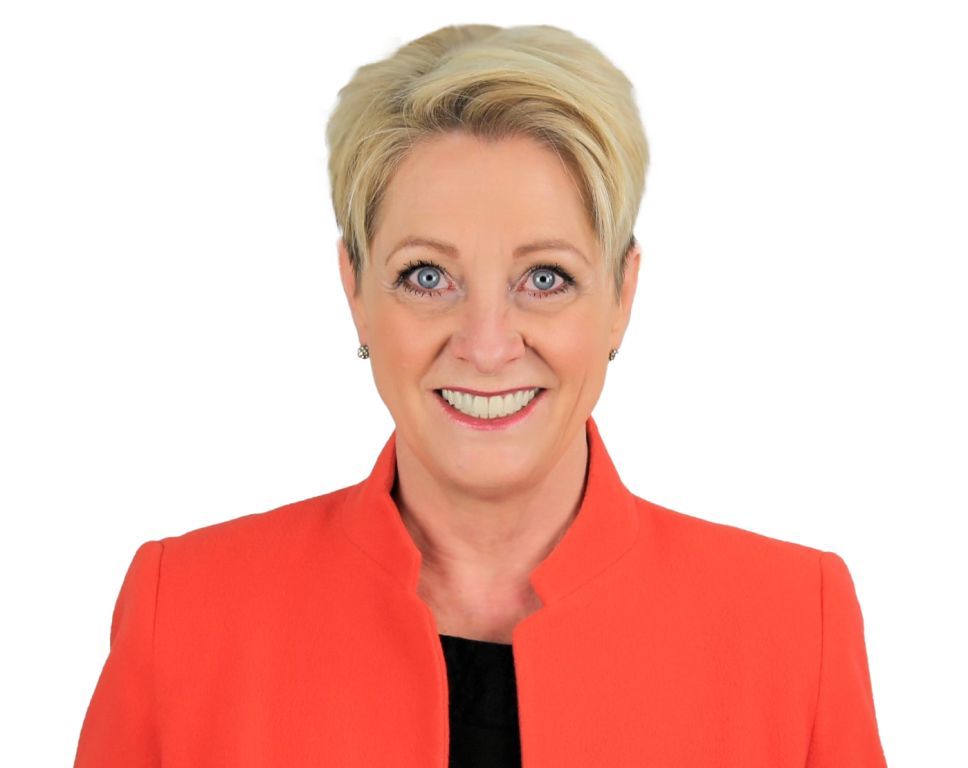Realistic or Perceived
I sat patiently listening to a CEO cite all the reasons why no one should be working from home. One staff member needed to visit family and wanted to work remotely, and this CEO insisted they take ‘unplanned’ vacation instead. He perceived remote work as a risk to performance and did not trust anyone he could not see working at their desk.People rolled their eyes after the meeting, indicating no one else agreed. Why? Because they knew his perceived risks were not necessarily realistic.
And then came 2020!
The Pressures of External Influence
Companies have had to renegotiate their relationship with risk, with pressure rising from external sources at a break-neck pace.
- The#MeToo movement
- The pandemic disruptions
- Fresh eyes on diversity, equity, and inclusion
- Increased cyber threats
- Environmental, Social, Governance (ESG)reporting push from investors
- Employee shift in priorities and expectations due to remote working
- Flipping online for customer access to product
- Supply chain issues
- Health and mental exhaustion at an all-time high
The list seems endless, and your organization’s reputation is everything.
The Time for Transformation is Now
It’s hard not to imagine the frantic pace of risk management professionals reviewing policies and initiating temporary procedures, only to be rewritten again and again with multiple shutdowns and changes to mandates. HR departments are fielding changes in employee expectations, customer experience departments fail to deliver a great experience, thus scrambling to respond, and investors insist on companies changing how they impact the world.
If you were looking for a description of the word volatility, highlighting the last 18 months would do the trick. With so many influences hitting companies at once, it is clear that the push for transforming corporate governance is upon us. Customers, employees, and investors demand change, and a transparent governance model is leading the way.
Why Change?
This year, Microsoft overtook Apple to become the world’s most valuable company. It achieved this because its CEO, Satya Nadella, focused on customer experience, changing the company culture, and paying attention to the investor’s voice. Good governance is more significant than bottom-line revenue alone, and corporate governance directly ties to how the world experiences your organization, inside and out. Results don’t happen organically; they take commitment and intentionality.
At the opposite end of the spectrum, poor governance can result in more than bad press, as in the case of Volkswagen’s emissions scandal or the sexual harassment charges that prompted the firing of Uber’s CEO, Travis Kalanick, just as they prepared for going IPO.
The day and age of using an extensive PR campaign to get out of hot water are long over;every company is one bad news story away from plummeting stock prices because customers, employees, and investors are seriously holding them to account.
Where to Begin
How a company decides to operate and the behaviors within require actionable accountability throughout the organization. Integrated risk management planning with a central home for management and control is essential.The key is to ensure you can manage all aspects of policies and procedures, including:
- Central location for policies and procedures
- Reporting mechanisms for incidents and declarations
- Training options for easy access to training and reference materials
- A place for required regulatory certifications and documentation
- Engagement tools and data insights for ensuring knowledge is shared and read
The Governance Transformation Journey
A governance transformation is not prescriptive, nor can a pre-bottled structure achieve the kind of results you will get when you recognize that the nuances of commitment, culture, and vision for your organization will be unique. Sure, there will be common threads with other companies, but this work is deep and introspective. The key is to listen intently to the stakeholders involved in each policy and procedure you tackle.
- Define your commitment, vision, values, and principles for setting governance
- Assess: historical policy decisions, current policies, constraints, culture, regulatory changes, future direction
- Assign a team and build your plan, beginning with a clearly defined roadmap
- Start small: prioritize the items you can tackle first with the most simplicity and least effort
- Build-in flexibility and mechanisms for stakeholder feedback every step of the way
- Be cautious to avoid perceived risks born of subjective, opinionated, or controlling approaches
- Remember, every change is a hypothesis until you see it in action; be willing to flex with the feedback.
It is a tough job to meet customer, employee, and investor expectations. Excellent customer experience leads to increased revenues and brand recognition. Respected and valued employees result in high performance and productivity. Finding a purpose that positively impacts the environment, communities, and social responsibility increases your investor pool.
Everything is connected. Integrated risk management and governance lead directly to customer, employee, and investor expectations. Thriving is about more than avoiding risks; thriving is about shaping your organization for the future.
Patti Blackstaffe is CEO of the advisory group GlobalSway, focused on igniting the fusion between technology and humanity. She is on a mission to connect the dots between leadership, transformation, and governance, helping organizations develop a new generation of responsible leaders. Patti’s book, Hacking YOU: A Digital Leader’s Guide to Self-Awareness, is slated for publishing at the end of 2021.

















